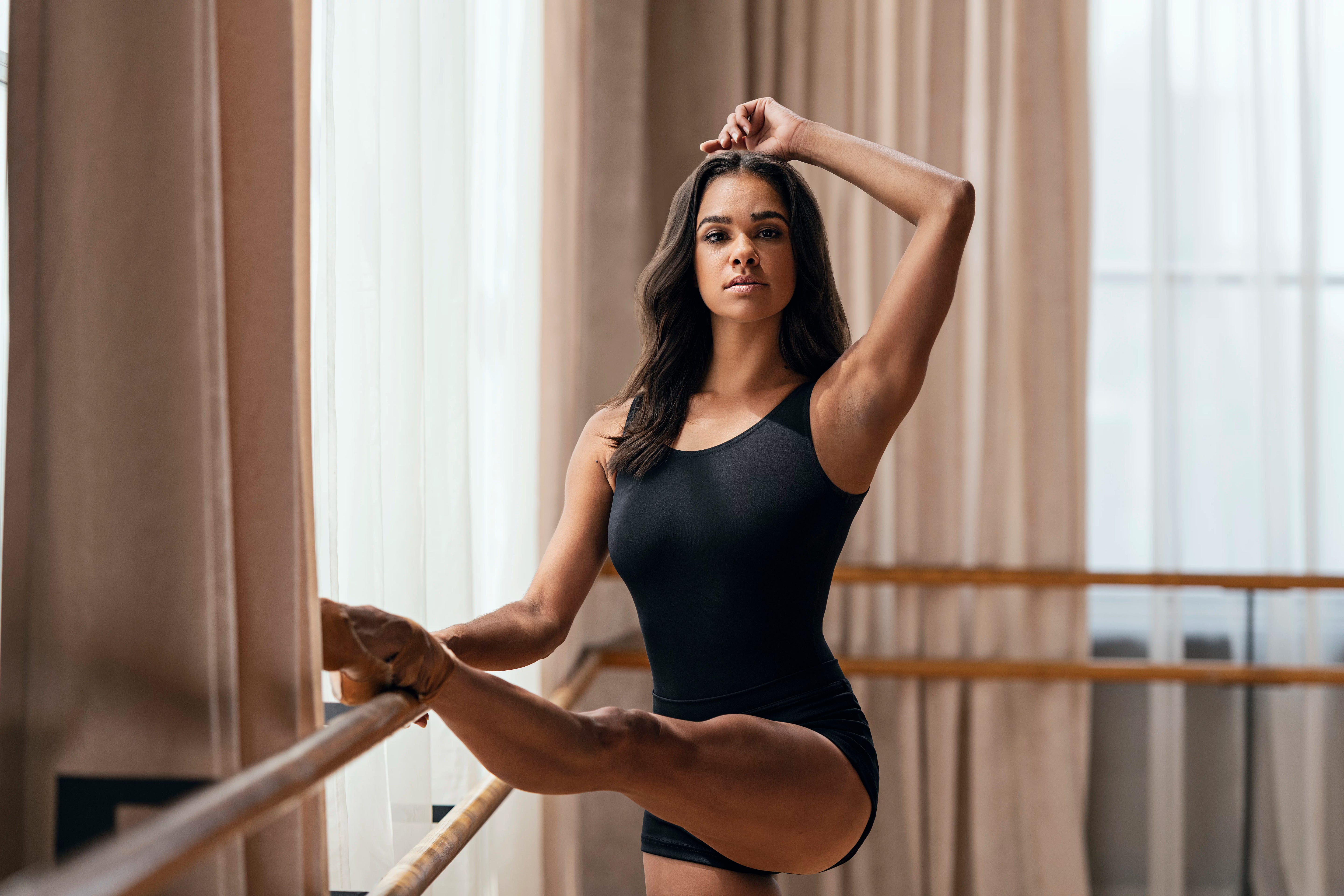Misty Copeland Redefined Ballet’s Boundaries. What Comes After Her Exit?
After 25 groundbreaking years, the American Ballet Theatre’s first Black principal ballerina takes her final bow on October 22.
October 22 marked a milestone in dance history: Misty Copeland, one of the most influential ballerinas of her generation, performed for the last time as a member of American Ballet Theatre. Her farewell appearance at ABT’s Fall Gala isn’t just a conclusion—it’s also a comeback, closing a five-year break from the stage that began before her official reti…




